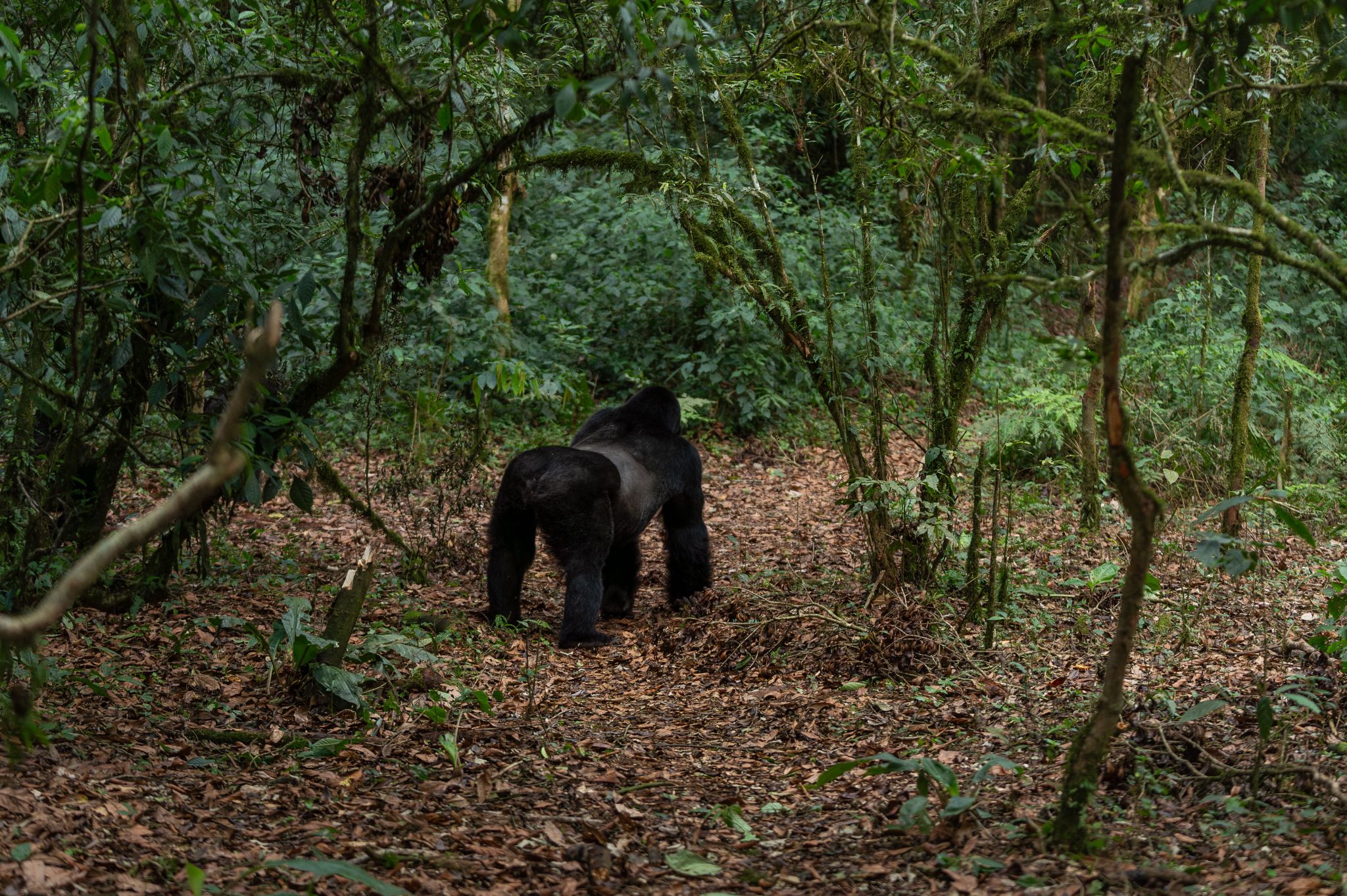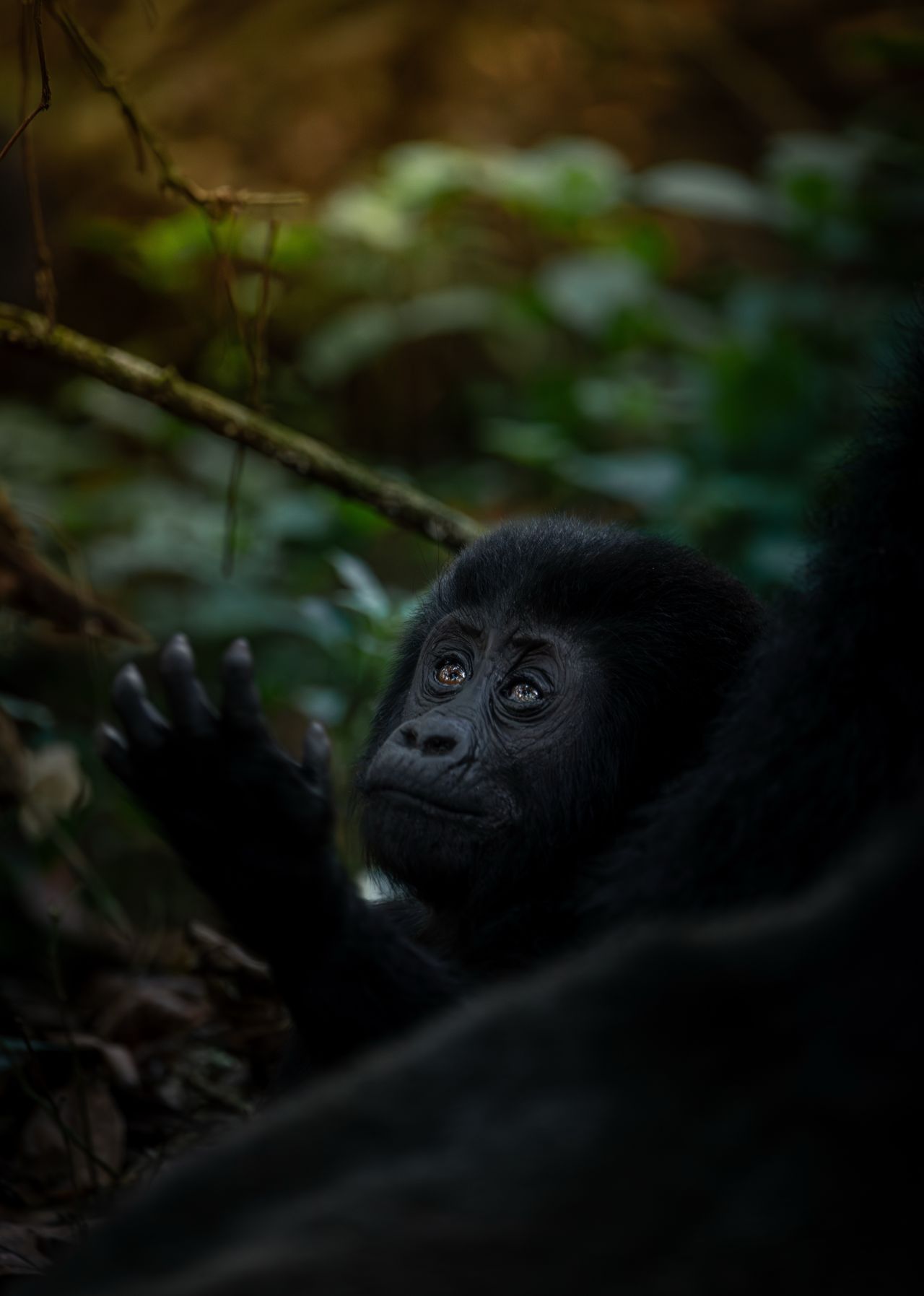Gorilla Trekking vs Gorilla Habituation – Which Should You Choose?: If you’re planning a gorilla safari in East Africa, you’re probably wondering: Should I do a gorilla trek or the gorilla habituation experience? Both are unforgettable gorilla safari experiences, but the difference is deeper than just time and cost. This guide answers that question using the latest facts, expert insight, and real-world traveler concerns. In fact, this is the most updated guide comparing gorilla trekking vs gorilla habituation to help you make an informed decision.

Why This Comparison Matters in 2025
With record demand in 2024—over 41,000 permits sold in Uganda alone—travelers want meaningful, ethical, and immersive wildlife adventures. Permits are getting booked out months in advance. Choosing the right one ensures not just a great gorilla safari in East Africa, but also that your money supports conservation and local communities.
Gorilla Trekking vs Gorilla Habituation – Which Should You Choose?
What is Gorilla Trekking vs Habituation?
Gorilla Trekking gives you 1 hour with a habituated gorilla group at a minimum 7-meter distance. These treks can last 2–6 hours depending on where the gorillas are. It’s available in Bwindi and Mgahinga (Uganda), Volcanoes (Rwanda), and Virunga (DR Congo).
Gorilla Habituation allows 4 hours with a semi-habituated group as they get used to human presence. You’ll join researchers and guides, observing gorillas at 3–5 meters—closer and more raw than a standard trek. Only Uganda offers this unique experience (in Rushaga, Bwindi). This is a premium option for those looking to compare gorilla experiences in depth.
Gorilla Trekking vs Gorilla Habituation: Permits & Cost Comparison (Updated 2025)
| Country & Park | Gorilla Trekking (USD) | Habituation Experience (USD) |
|---|---|---|
| Uganda (Bwindi/Mgahinga) | 800 | 1,500 |
| Rwanda (Volcanoes) | 1,500 | Not Available |
| DR Congo (Virunga) | 450 (High season) | Not Available |
Permits support conservation efforts. Book 3–9 months in advance via the Uganda Wildlife Authority or Rwanda Development Board.
Physical Demand & Accessibility
- Trekking requires moderate to high fitness. You may hike steep, muddy terrain through dense rainforest at altitudes up to 2,600 m.
- Habituation involves longer hours in the field—4+ hours of tracking and observation.
Tip: Pack light, hire a local porter, wear long sleeves, and train with uphill walks carrying a 5–7 kg backpack.
Whether you’re booking a short gorilla trek or a more demanding habituation safari, prepare for a physically active experience.
Related Article: Gorilla Trekking: Essential Tips & What to Expect
Wildlife Behavior & Photography Insights
Trekking allows structured observation—perfect for those wanting to observe gorillas from a respectful distance. Bring a telephoto lens (200mm+).
Habituation lets you photograph gorillas at closer range, observing social dynamics, feeding habits, and playful behavior. It’s an ideal option for wildlife photographers, researchers, or families seeking depth.
📸 Note: No flash photography. A wide-angle lens helps when gorillas are unexpectedly close.
Conservation, Ethics & Community Impact
Your permit does more than grant access:
- Funds anti-poaching patrols & ranger salaries
- Supports gorilla health monitoring & habitat protection
- Invests in community schools, clinics & clean water programs
- Sustains researcher-led habituation programs
Choosing the habituation experience directly supports scientific research and responsible tourism. Trekking supports broader access and local economies. Both are vital to sustainable gorilla tourism in East Africa.
Related Article: Luxury Gorilla Trekking in Uganda & Rwanda 2025
A Day on Gorilla Habituation
“We followed the Bikingi family deep into Rushaga. Our group of four crouched silently while a young gorilla picked leaves near my boots. For hours, we watched silverbacks feed and juveniles climb. No fences. No barriers. Just eye contact, curiosity, and a raw wilderness moment I’ll never forget.” John A.- UWA ranger and Guide
Gorilla Trekking vs Gorilla Habituation – Which Should You Choose?
Quick Comparison (2025)
| Feature | Gorilla Trekking | Habituation Experience |
| Time with Gorillas | 1 hour | 4 hours |
| Group Size | Up to 8 participants | Max 4 participants |
| Distance to Gorillas | 7 meters | 3–5 meters |
| Permit Cost (Uganda) | $800 | $1,500 |
| Availability | Daily, popular parks | Limited, Rushaga sector |
| Ideal For | General safari-goers | Photographers, conservation lovers |
FAQs
Can I do both in one trip?
Absolutely. Many travelers combine a trek in Mgahinga with a habituation in Bwindi, making it a complete gorilla experience in Uganda.
When is the best time to go?
Dry seasons: June–Sept and Dec–Feb for stable trails and easier photography.
What if I can’t hike long distances?
You can request an “easy trek” and hire a porter or sedan chair. Bwindi offers trails for varying abilities.
Which is more family-friendly?
Trekking. It’s shorter and less physically intense. Children must be 15+ for both.
Is habituation worth the extra money?
Yes—if you’re seeking a deeper wildlife connection, close photography, or contributing to research.
Conclusion: Which Gorilla Experience Is Right for You?
Choose Gorilla Trekking if you:
- Have limited time or budget
- Prefer a shorter hike
- Are new to wildlife safaris
Choose Gorilla Habituation if you:
- Want to observe gorillas more intimately
- Love wildlife photography
- Support primate research and deeper conservation
Book your journey with Agasaro Safaris and experience one of Africa’s most powerful wildlife encounters—responsibly and sustainably.
🌍→ Book Gorilla Trekking and Gorilla Habituation for 2025 and beyond
By Dennis, Senior Wildlife Guide (5+ yrs experience) — Last updated: April 29, 2025
